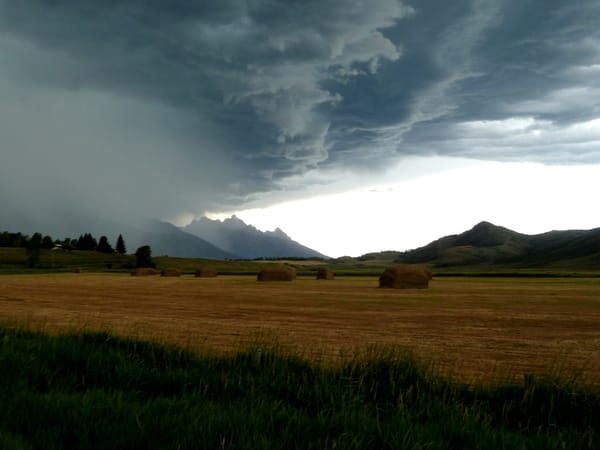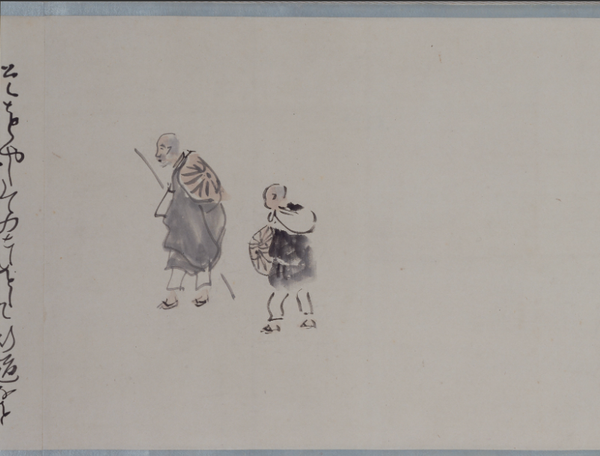The Step Across

It’s July 1931 on the Grand Teton in northwest Wyoming. A 20 year old Glenn Exum spies an enormous ledge (now known as the Wall Street ledge, photo below) well to the east through a gap in the rocks. He hustles through some easy but consequential terrain to get into the gully and steps up onto the ledge. He follows the ever-narrowing ledge until it ends. From there, it’s a running jump across Oblivion to - what? - to safety? - It’s all unknown terrain. Exum scrambles up what is now known as the Golden Staircase, through the Wind Tunnel, up the gully right of the Friction Pitch, and on to the summit at 13,770’. It’s a beautiful, aesthetic alpine climb that now bears his name - The Exum Ridge.
My old boss Renny Jackson remembers Glenn telling the story - "That day the wind was blowing from the southwest and I got up there to the end of that ledge and it scared me, but when I called out to Paul, he couldn’t hear me and didn’t answer. I walked away from that ledge seven times, until I finally got up there and saw those little handholds and the boulder on the ridge. When you got to the eastern extremity of Wall Street, why, there isn’t any place to jump from. So I climbed as high as I could until I was sorta secure, and I jumped from a standing start."
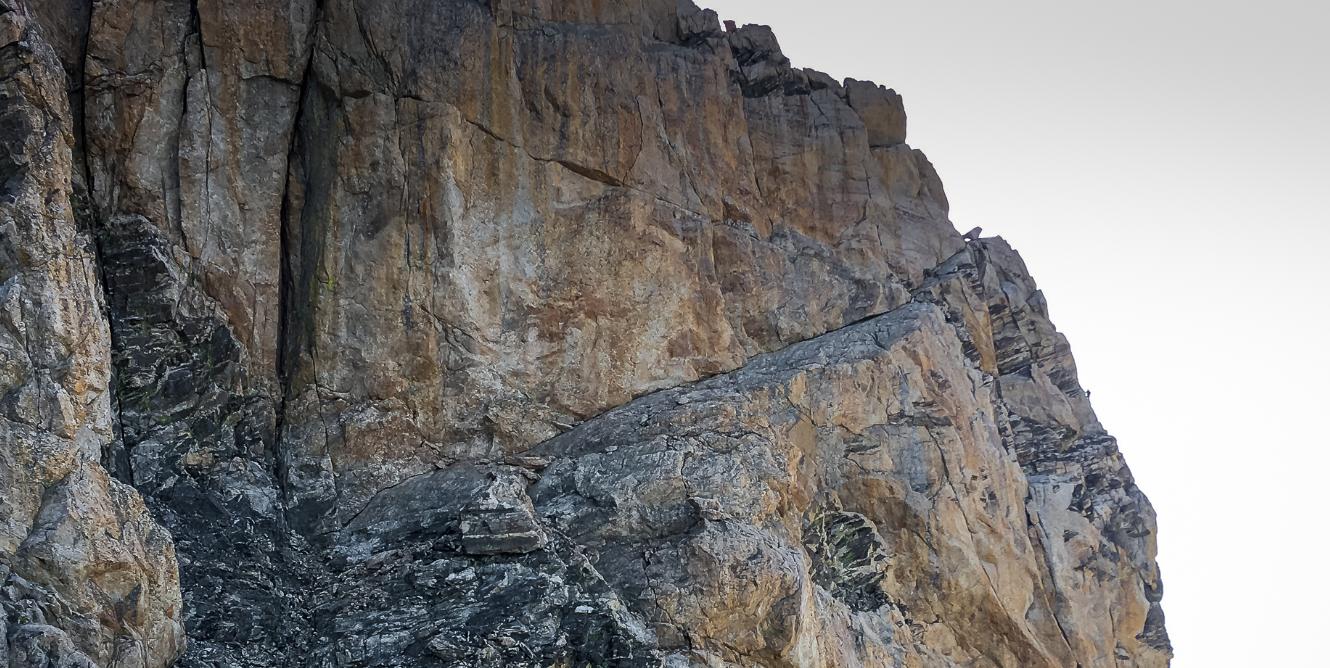
I’ve climbed it dozens of times but I always wondered something about the “Step-Across”. It’s the gap that Exum - in cleats, no less - hurled himself across. Few climbers now follow that path, instead opting to downclimb a few feet and “step across” to a crack system and pull up onto the far ledge. It’s a thrill, to put it lightly, stepping across this gap of maybe 700’ of air.
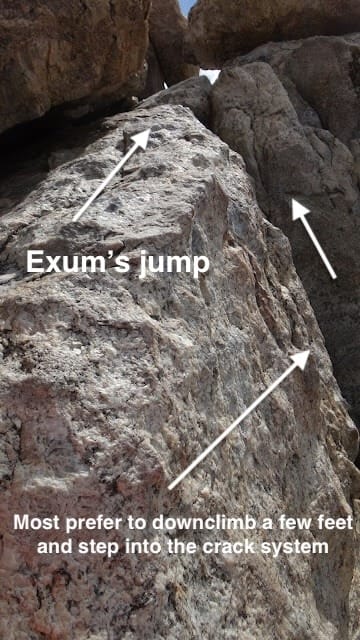
In their Climber’s Guide to the Teton Range, Leigh Ortenburger and Renny Jackson describe the Step-Across as follows: “Take the huge Wall Street ledge out to its south end and rope up and set the belay. The exposed gap to the boulder ledge on the ridge crest—the Step Across—is passed either by balancing around on the narrow extreme end of Wall Street or by using the ledge for handholds. In good weather welcome sunshine should be found here.”
(Looking down at Oblivion below)
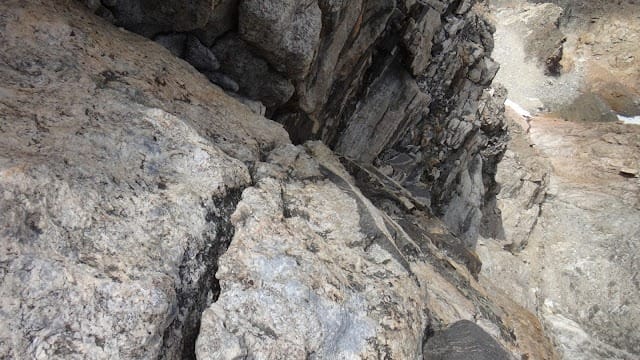
Many guides, rangers, and climbers often leave the rope at home and solo the route as Exum did nearly 100 years ago…but my question is this -
Who is more at-risk?
Is it the climber who - without the rope - steps across once per week, someone who has mastered the sequence (probably with the rope), intimately knows all the foot and hand holds, and who has that “locked-in” mental toughness, an edge sharpened by repetition and exposure….
(Kristensen, Genswein, and Munter would argue this climber with a lifetime of exposure, see Table 1)
Or is it the climber who - without the rope - steps across once per season, someone who may be more anxious or tentative and doesn’t have the sequence down just right but is sharply focused by uncertainty and adrenaline
(Gordon Graham would argue this climber in a high risk - low frequency situation)
What do you think?



